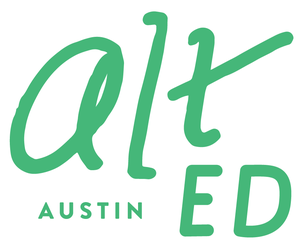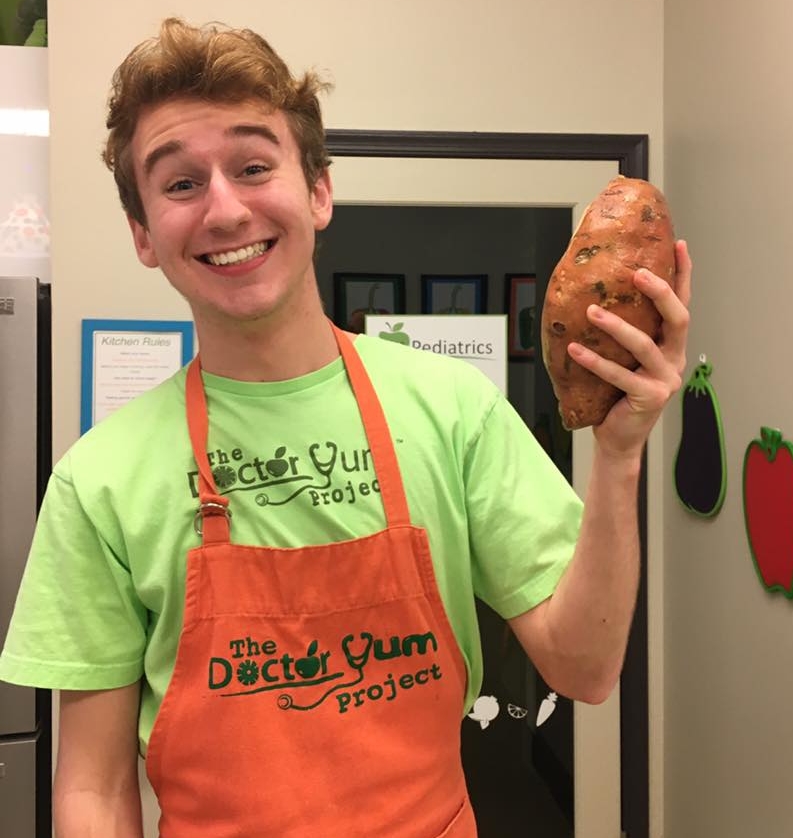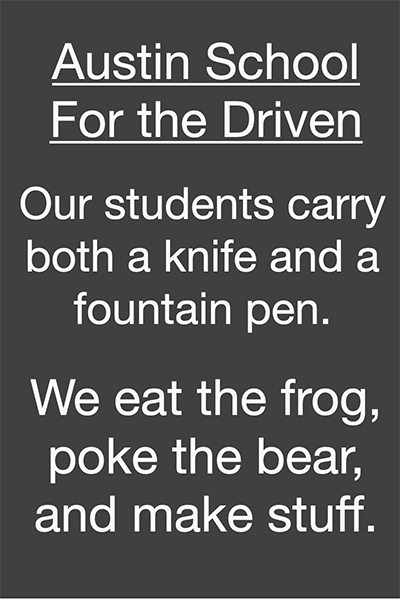What should I be listening for?
/Guest contributor Emily Cohen, MA, CCC-SLP, received her Master’s of Speech-Language Pathology in 2008 from Eastern Michigan University. She is a Hanen-certified SLP specializing in working with children with early childhood language delays. Emily owns a private practice called Tandem Speech Therapy, where she provides in-home services in south and central Austin, Westlake, and Dripping Springs. You can read more about topics related to speech and language development, including her series Playing with Purpose, on her blog.
As a pediatric speech-language pathologist, I get questions from parents on a nearly daily basis about speech and language development. They are trying to determine if their child is a “late talker.” While it's true that all children develop at their own rate, there is a set of developmental milestones that I look for in children.
First and foremost, if you suspect your child is struggling, then trust your gut. Some kids will catch up, and others won’t. How do you know, though, when your child would benefit from seeing a speech-language pathologist? For quick reference, I have developed the 1, 2, 3 Rule. This rule states that at 1 year old, a child will use 1 word or single words; at 2 years old, a child will use 2-word phrases (e.g., “mommy go”; “eat apple”). And at 3 years old, a child will use 3 or more words together to form simple sentences.
The same applies for following directions. At 1 year old, a child will follow a 1-step instruction, such as “go get your ball.” At 2 years old, a child should follow a 2-step direction, like “go get your ball and bring it to daddy.” And at 3 years old, a child should follow more complex, multi-step directions.
More specifically, it is typical for an 18-month-old child to use at least 20 words and have different types of words in their vocabulary. This includes nouns (ball, book), verbs (eat, sit), and social words (hi, bye). At 2 years old, a child should use at least 100 words and combine words into 2-word phrases. The phrases can be combinations the child puts together, like “eat apple.” This does not include common phrases such as “all gone.” A toddler (18–30 months) who has limited vocabulary based on his/her age is often a late talker.
A late talker can have difficulty specifically with spoken or expressive language. It is important to keep in mind that children who are late talkers will have typically developing play skills, motor skills, comprehension (receptive language), social skills, and thinking skills. The idea that “boys talk late” is, in fact, a myth. Development is not gender specific. Boys and girls develop at the same rate despite anecdotal experience saying otherwise.
What should you do if you suspect your child is a delayed with their speech and language skills?
Your first step is to contact a speech-language pathologist like myself. It's never too early to begin intervention. In fact, research indicates the importance of early intervention (i.e., before the age of 3 and as early as you suspect your child is experiencing challenges) for increased long-term success. Lots of speech and language deficits remediate very quickly, and others take time. If you are worried, seeking the expertise of a local SLP as early as possible is the best pathway to language development for your child.
To get started working with your child now, try one of my favorite strategies, called “Offer a Little Bit, Then Wait”:
- By giving your child just a few crackers, instead of the whole package, you give your child an opportunity to request more.
- After you have given those first few crackers, wait. Be sure to have the rest of the crackers in sight so your child knows there is more to come.
- When your child gives you a message that they want more, provide them with a few more crackers. Pay attention to different types of messages. Some children may use eye contact or eye gaze, while others may use words or word approximations.
By immediately giving your child more crackers, you reinforce the communication. The more positive reinforcement your child receives for communication, the more they will send messages to you!
Emily Cohen, MA, CCC-SLP
























